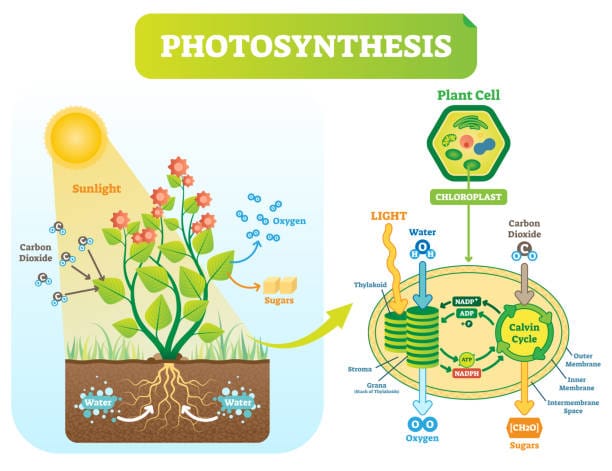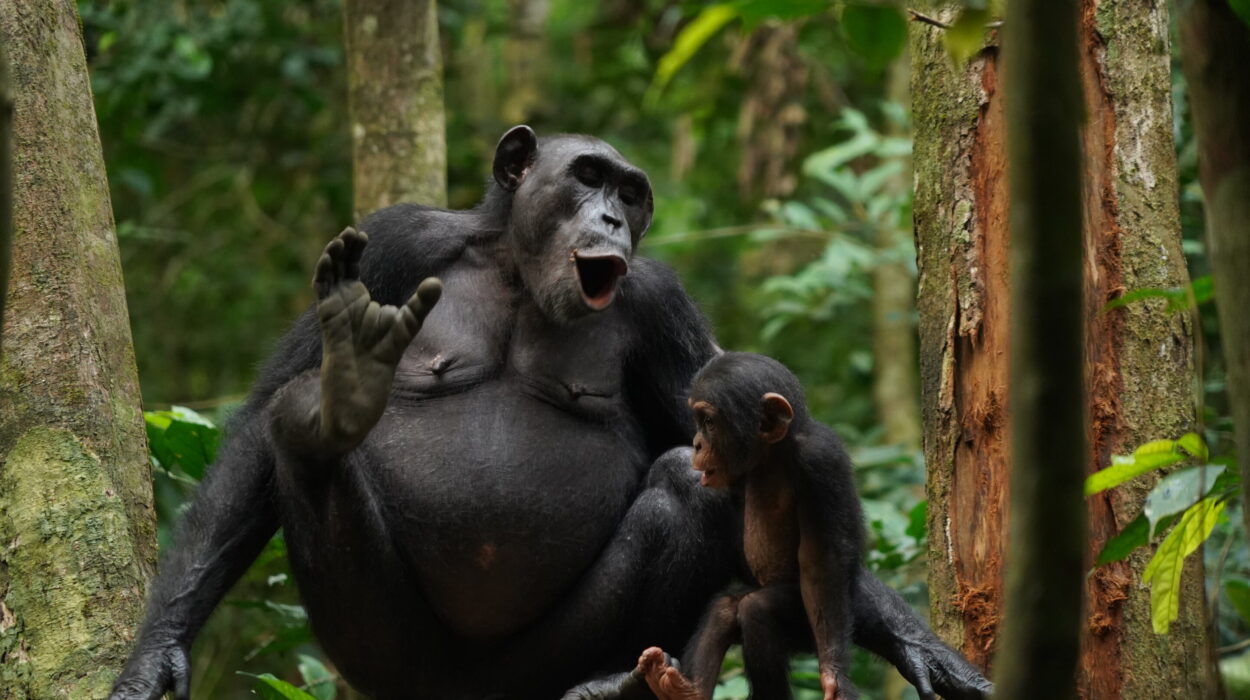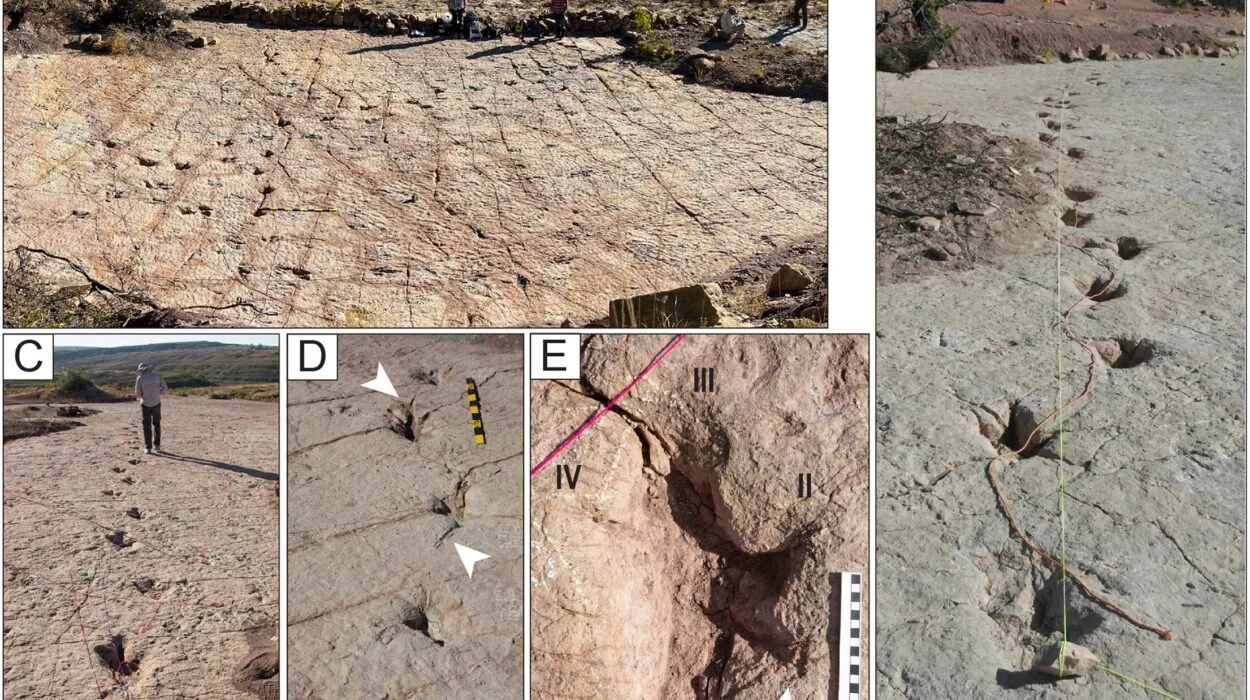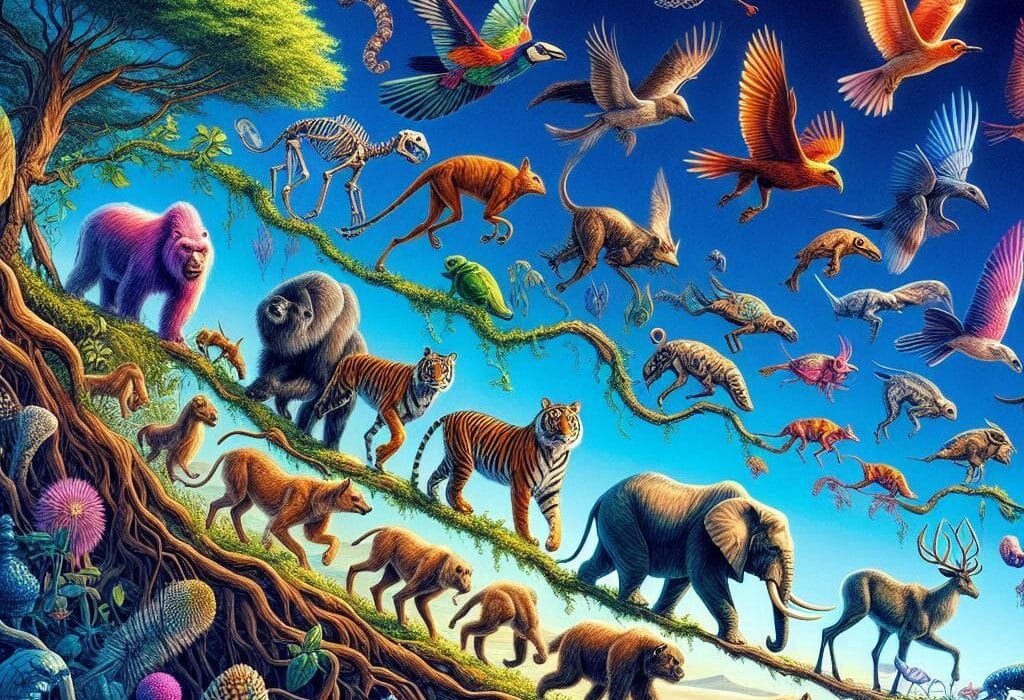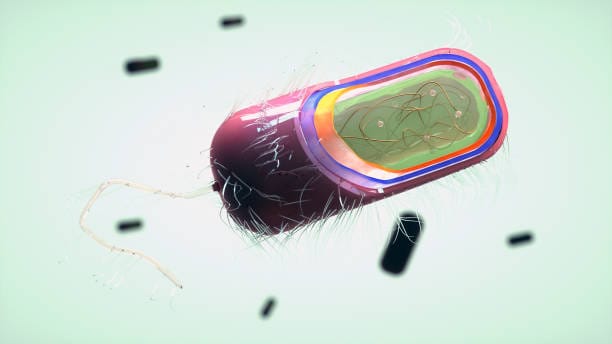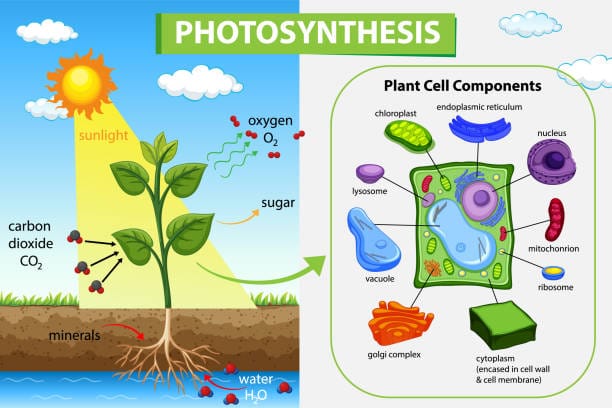Every breath you take begins in silence.
Not in the stillness of a room or the hush of the night, but in the green hush of a forest, a field, or a single blade of grass basking beneath the sun. In that moment, without sound or spectacle, a miracle unfolds. A process so delicate, so ancient, and so perfectly orchestrated that it has powered the entire biosphere for more than three billion years.
This process is photosynthesis.
It is the reason plants grow, the reason animals live, the reason the sky holds just the right amount of oxygen. It is the bridge between the Sun’s light and your life. And yet, few people truly understand it. Fewer still appreciate its elegance—not just as a chemical reaction, but as one of the most profound forces in the universe. To understand photosynthesis is to understand how the Earth breathes, how energy flows through living systems, and how life itself persists on a planet hurtling through space.
It is not only a story of science. It is the story of life.
The Origins of the Green Machine
Long before animals swam, crawled, or walked, long before trees towered or flowers bloomed, Earth was a barren, hostile place. Volcanic activity choked the air, UV radiation scorched the surface, and oxygen was scarce to nonexistent. In this harsh and unforgiving world, a new kind of life emerged—microbes that could harvest sunlight.
These primitive organisms, known as cyanobacteria, did something unprecedented. They used sunlight to split water molecules, releasing oxygen as a byproduct. This oxygen, once poisonous to most life, began to accumulate in the atmosphere. Slowly, over hundreds of millions of years, the air changed. So did the oceans. The planet transformed.
What these microbes had discovered was photosynthesis—a biological magic trick that turns light into food. It wasn’t the first form of photosynthesis, but it was the one that changed everything. This evolutionary innovation allowed for the rise of eukaryotic cells, multicellular organisms, and eventually, the lush explosion of life we now call home.
Photosynthesis is not just a feature of plants. It is the foundation upon which almost all life rests.
How Plants Catch the Sun
At the heart of photosynthesis is light. Specifically, photons—packets of energy emitted by the Sun. These photons travel 150 million kilometers through the vacuum of space before striking a leaf.
When sunlight hits a leaf, it is absorbed by chlorophyll, the green pigment found inside tiny structures called chloroplasts. Each chloroplast is a microscopic powerhouse, packed with membranes called thylakoids, where the real magic happens.
The process of photosynthesis is traditionally divided into two main stages: the light-dependent reactions and the light-independent reactions—also known as the Calvin Cycle.
In the light-dependent reactions, chlorophyll molecules absorb sunlight, exciting their electrons to higher energy levels. These energized electrons are passed along a chain of proteins embedded in the thylakoid membrane, creating a flow of energy that is used to split water molecules. This splitting releases electrons, protons, and most importantly—oxygen.
The freed electrons power the creation of ATP (adenosine triphosphate) and NADPH, two energy-rich molecules that act like batteries, storing the energy of the Sun for use in the next phase.
In the Calvin Cycle, these chemical “batteries” are used to fix carbon dioxide from the atmosphere into organic molecules—specifically, glucose. This sugar can be used immediately by the plant for energy or stored as starch for later. It’s also the starting point for every carbohydrate, fat, and protein in every plant on Earth.
In other words, plants build themselves—and everything that eats them—from sunlight and air.
The Alchemy of Air and Water
What makes photosynthesis so remarkable is its simplicity. It takes three basic ingredients—sunlight, water, and carbon dioxide—and turns them into life’s currency.
The balanced chemical equation is taught in schools:
6 CO₂ + 6 H₂O + sunlight → C₆H₁₂O₆ + 6 O₂
But this tidy line of symbols disguises an almost incomprehensible elegance. Billions of chloroplasts in every green leaf are absorbing photons, transferring electrons, creating gradients of hydrogen ions, and assembling complex sugars one atom at a time.
And they do this with astounding efficiency. A single tree can produce enough oxygen to support two human beings. An acre of corn can absorb tens of thousands of kilograms of carbon dioxide in a single growing season. The Amazon rainforest generates 20% of the Earth’s oxygen. All of it, powered by the sun, one photon at a time.
Photosynthesis is not just chemistry. It is biological architecture on a planetary scale.
Oxygen: A Toxic Gift
One of the most curious aspects of photosynthesis is that its most famous byproduct—oxygen—was originally a dangerous pollutant.
Before oxygenic photosynthesis, the Earth’s atmosphere was dominated by methane, carbon dioxide, and nitrogen. The introduction of oxygen by early cyanobacteria caused what scientists call the Great Oxidation Event about 2.4 billion years ago. This was a cataclysm for anaerobic life, which was poisoned by the rising levels of O₂.
But out of this devastation emerged opportunity. Oxygen enabled the evolution of aerobic respiration, a far more efficient way of generating energy than fermentation. With it came the rise of complex, multicellular life. Animals, fungi, and eventually humans would not be possible without this toxic gas made breathable.
We owe every breath we take to plants, algae, and photosynthetic bacteria—silent chemists that turned a hostile element into the basis of life.
The Hidden World of Algae and Bacteria
When people think of photosynthesis, they often imagine tall trees or vast green fields. But most photosynthesis on Earth is done not by forests, but by microscopic organisms.
In oceans, lakes, and rivers, tiny photosynthetic plankton—like diatoms and dinoflagellates—carry out the majority of Earth’s photosynthesis. These single-celled algae form the base of the aquatic food chain and produce more than half of the world’s oxygen.
Then there are the cyanobacteria, the ancient microbes that started it all. They still thrive in extreme environments—hot springs, deserts, polar ice—and continue to shape the planet’s chemistry.
Collectively, these invisible photosynthesizers stabilize our climate, feed marine ecosystems, and regulate the carbon cycle. They are the unsung heroes of the biosphere, working tirelessly beneath the surface.
Without them, the air would thin, the oceans would starve, and the climate would spiral into chaos.
Photosynthesis and Climate: A Delicate Dance
In recent years, the link between photosynthesis and climate change has become more urgent than ever.
Plants and algae absorb carbon dioxide, a major greenhouse gas. In doing so, they help regulate the Earth’s temperature. Forests, especially tropical rainforests, are enormous carbon sinks. But deforestation, land degradation, and warming oceans are weakening this natural defense.
As the planet heats up, the delicate balance of photosynthesis is being tested. Plants are growing faster in some regions but suffering stress in others. Algal blooms in the ocean are becoming more frequent—and sometimes toxic—due to nutrient pollution. Even the ability of plants to absorb CO₂ may decline as CO₂ levels rise too high.
This feedback loop is critical to the future of our climate. Understanding and protecting photosynthesis at a planetary scale is not just a scientific concern. It is a survival strategy.
We are now stewards of the very process that made us possible.
The Limits of Human Imitation
Given its power, it’s no surprise that scientists have long tried to imitate photosynthesis. The idea of using sunlight to split water and create fuel—known as artificial photosynthesis—has been a dream for decades.
The goal is to build solar energy systems that not only generate electricity, like solar panels, but also store energy in chemical bonds, just like plants do. This could provide clean hydrogen fuel, carbon-neutral biofuels, and a sustainable way to store solar energy for use when the sun isn’t shining.
Researchers have made exciting progress. Artificial leaves made from silicon and catalysts can now mimic the light reactions of photosynthesis. Some systems can even reduce carbon dioxide into sugars or alcohols, essentially “recycling” emissions into usable fuels.
But nature still outperforms us in elegance and efficiency. After three billion years of evolution, plants remain unmatched as solar chemists.
The Poetry of Green
Beyond its mechanics, photosynthesis holds a kind of poetry.
It connects the heavens and the Earth, converting sunlight into substance. It links the breath of a deer in the forest to the rustle of the leaves above it. It ensures that the death of one generation becomes the life of the next.
Even in human culture, green is the color of renewal, hope, and growth—all metaphors rooted in the biological reality of photosynthesis.
When you walk through a garden, hike in a forest, or simply sit in the shade of a tree, you are surrounded by an ancient intelligence. A system so quiet and unassuming that it is easy to forget it holds the power of stars.
But it does.
Photosynthesis is not just something plants do. It is the reason life on Earth exists in such complexity and abundance. It is the silent song of survival sung in green.
A Future Powered by Light
As humanity stares down the dual challenges of energy demand and climate change, the lessons of photosynthesis may hold the key.
Imagine buildings with living walls that not only cool the air but sequester carbon. Cities that use artificial photosynthesis to fuel vehicles. Deserts turned into productive land by harnessing the sun through engineered plants. Oceans where floating farms of algae produce food, fuel, and oxygen.
These are not fantasies. They are possible futures—if we choose to invest in the science that supports them.
And they all trace their lineage back to a humble leaf.
The Quiet Revolution Continues
So the next time you step outside and feel the warmth of sunlight on your skin, think of the chloroplasts humming inside every leaf, turning that light into sugar, oxygen, and life itself.
Think of the breath you take as a gift from a tree, a blade of grass, or a floating speck of algae a thousand miles away.
Think of the light not just as warmth or brightness—but as food. As fuel. As life.
Photosynthesis is not over. It is ongoing. A quiet revolution that begins every morning with the rising of the sun.
And in that silence, green things continue their ancient work, feeding a planet that does not yet fully understand how much it owes them.
